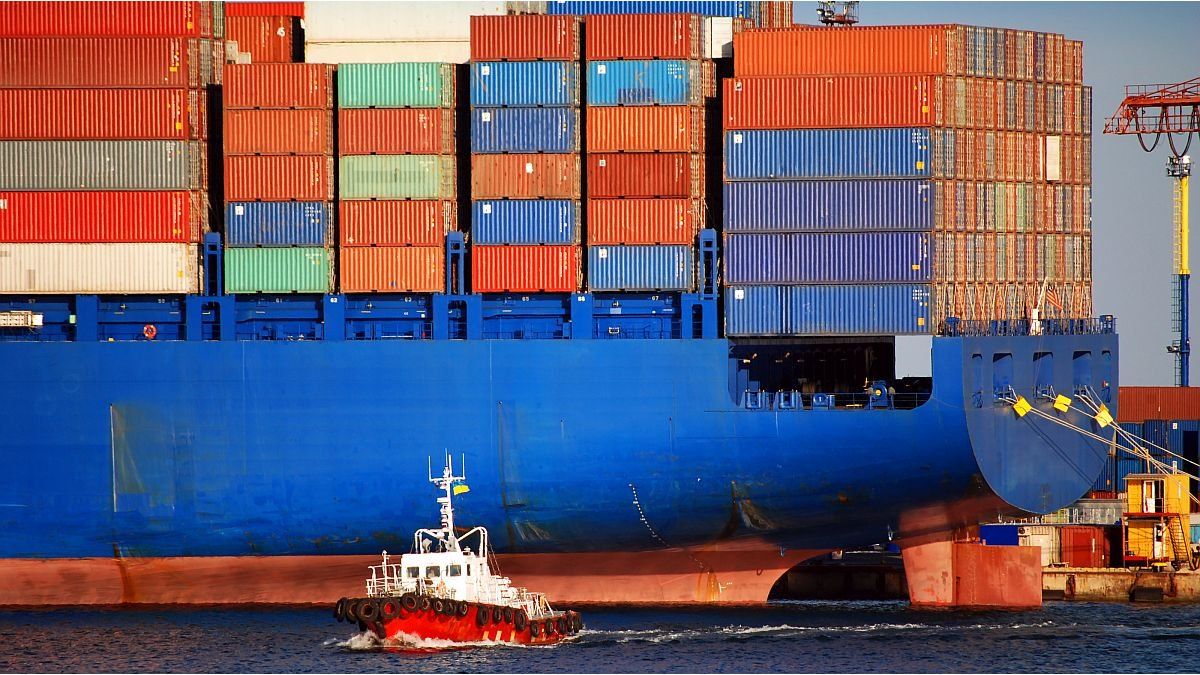To arrive at the data, the Interdisciplinary Institute of Political Economy (IIEP) of the University of Buenos Aires (UBA) segmented exports into “differentiated goods” and “undifferentiated goods.” The first group includes those shipments considered “desirable” since they allow for greater sophistication and complexity in the export structure, the ability to pay higher salaries and a greater spillover of knowledge to the rest of the economy.
Among these, the following stand out: vehicles, packaged foods and beverages for consumption (such as wines, meats and oils) and chemical products (pharmaceuticals, for example).
Specifically, between January and June, exports of differentiated goods amounted to approximately US$8 billionUS$400 million less than in the same period in 2023.
Motor vehicles and food account for nearly 70% of these sales.; while The first ones suffered a collapse of 8%the latter improved by 5%. Also, a Significant drop in machinery and equipment, 21%.
“The drop in vehicles was mainly due to Lower car sales to Brazil and utilities to other South American countries, mainly Chile, Peru and Colombia,” detailed the IIEP.
More in depth, in its “quarterly report on Argentine exports” the institute warned that the Greater penetration of electric cars in Brazil may be hurting Argentine automotive exportsalmost all of which are destined for the neighboring country.
“Exports to Brazil are the destination of approximately 40% of domestic car production. The change in the preference of Brazilian consumers will inevitably require a redesign of the strategy of Argentine automotive companies,” they warned.
In this sense, the entity predicted that “the terminals They could deepen greater specialization in the utility segmentwhere Argentina exports around 60% of its production, with a greater diversification of destinations.”
On the contrary, In non-differentiated goods, there was a year-on-year increase of 12%, driven by exports of cereals, oilseeds and fuels.
This group of assets, according to the IIEP classification, is composed mainly of commodities agricultural, energy (oil and gas), minerals (gold and lithium), and even industrial (such as raw aluminum and polyethylene).
Source: Ambito




